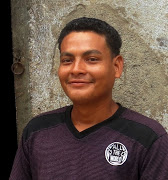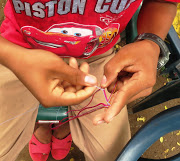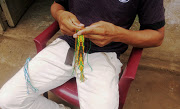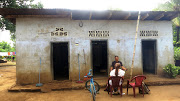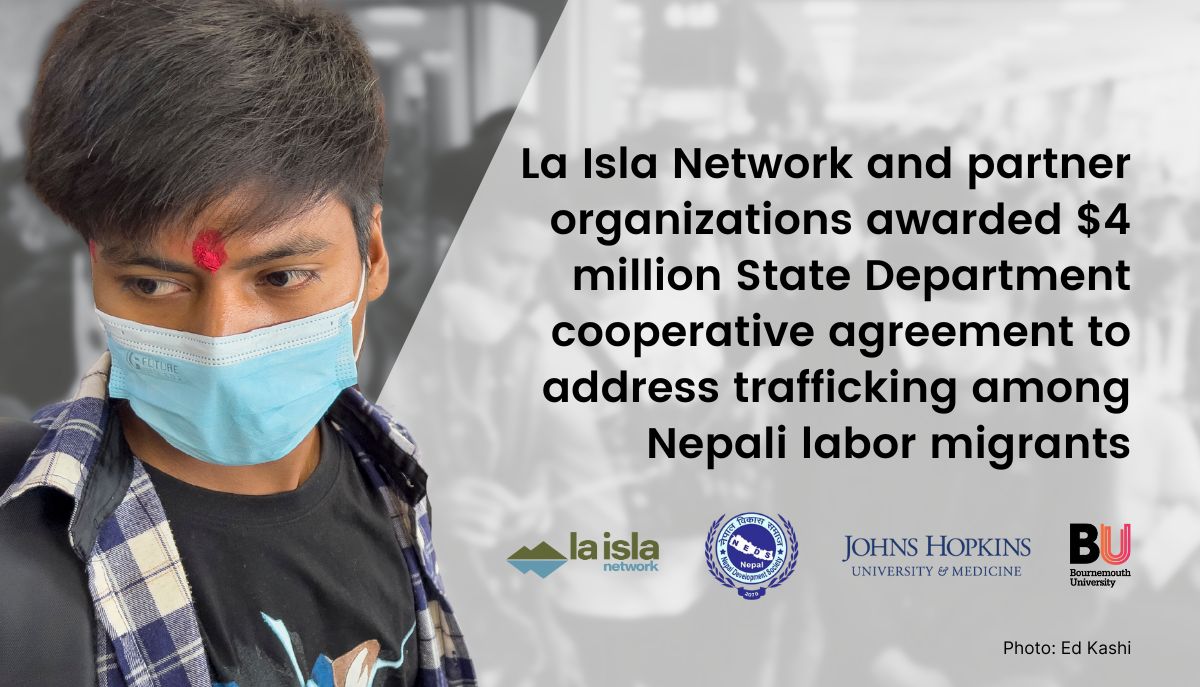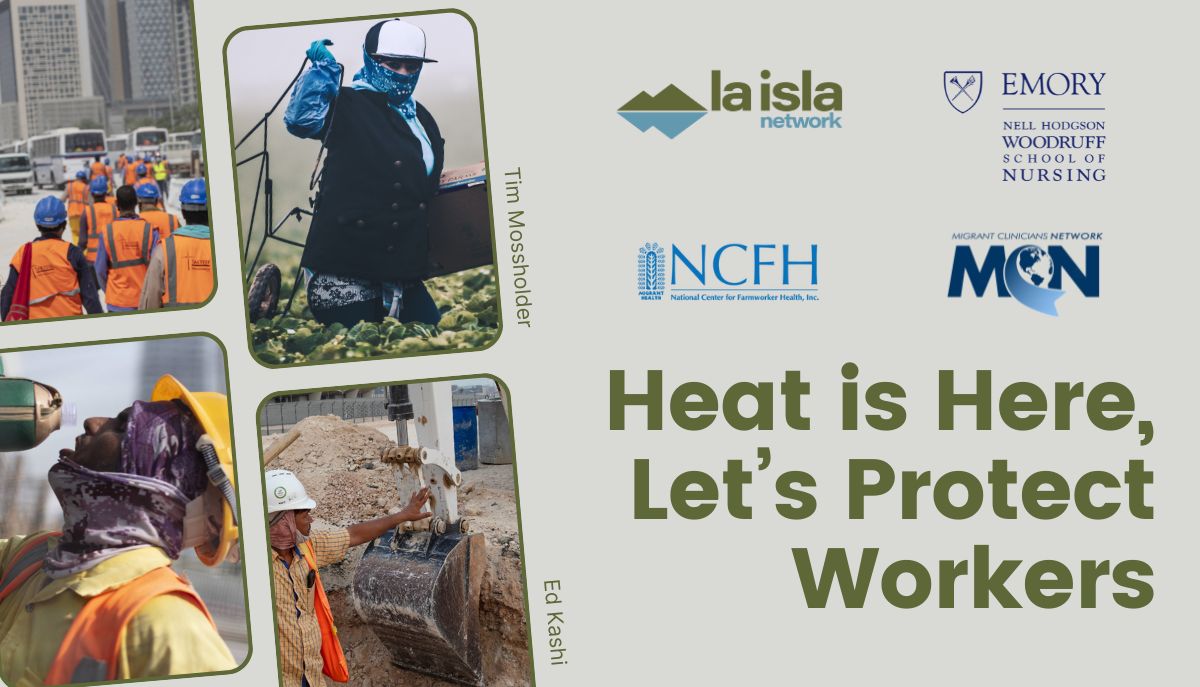Unlike the futures for most young men in the sugar cane cutting communities outside of Chichigalpa, the future for one young man, Marcelino, appears to be bright and kidney disease-free. Although his studies, and work, occupy the majority of his days, he still manages to find time to help out with household chores and responsibilities, play soccer with his friends, take care of his four-year-old brother and live a fairly well-balanced life. He is smart, articulated, and excited to talk about his plans for his future, all of which began with his work with the Pulsera Project.
The Pulsera Project is a Nicaraguan-based, non-profit organization that teaches young men and women the craft of making string bracelets, or in Spanish, pulseras. In late 2012, representatives from the Pulsera Project learned about the La Isla community, the La Isla Foundation, and the CKDnT epidemic affecting thousands of sugar cane workers in northwestern Nicaragua. Shortly after, the Pulsera team visited La Isla, determined to offer what support they could to this community of affected workers and their families. The Pulsera Project has recently introduced a pilot program in the community, and they are currently working with three young men, providing them an opportunity to escape a lifetime of cutting cane for the Ingenio San Antonio. The Pulsera Project, in conjunction with La Isla Foundation, hope to expand this project to many more people throughout the community.
The participants from each community are trained in a variety of styles of pulseras at the beginning of their partnership with the Pulsera Project. They are then told how many bracelets that the Pulsera Project can buy in a month, based on northern demand, and they are free to weave as many as they wish from the comfort of their own homes. To expand their craft, the pulsera workers also travel to Granada periodically to learn more pulsera styles as well as interact with other pulsera makers. People new to the project often have a lower quota of around 130 bracelets per month, whereas the more experienced participants weave up to 400 bracelets per month. The Pulsera Project then distributes the bracelets to schools, organizations and individuals in the United States and elsewhere to sell for five dollars a piece. The pulsera makers wages, the cost of materials, and the cost of transportation are paid through the sale of these bracelets. In addition, the money earned from each pulsera sold in the US is then invested directly into the Pulsera Project’s programs.
In the beginning phases of the project, the Pulsera team walks new communities and pulsera-makers through a gradual process of involvement to ensure that pulsera-makers are not overwhelmed by their new responsibilities, that they are committed to their new form of employment, and that the quality of their products are acceptable. Given that the members of the La Isla community recently began their relationship with the Pulsera Project, they are still in the pilot phase of their employment. Currently, a group of three men are producing 110 pulseras per person, per month which translates into average monthly earnings of 1800 cordobas. Workers get much more than this though, they get support and scholarships to study new careers and more. For men who faced work in the sugarcane fields this program is a great stepping stone to new opportunities and is great opportunity in itself. Assuming these three workers continue to make pulseras of high quality, the number of pulseras they make as well as their salaries will increase as the pilot program in La Isla is assessed. Eventually the men will be able to increase their earnings and become more involved with the all the benefits the Pulsera Project brings to those involved. In short, Pulsera Project offers a reliable, safe employment option that compensates its workers better than the Ingenio San Antonio does, encouraging and empowering workers to leave the sugar cane fields and take up pulsera-making.
For one of the three La Isla men currently working with Pulsera Project, German Campos, the opportunity to work from the safety of home offers him a chance to spend more time with his family. In 2010 at the age of 25, after German had already worked for 12 years as a sugar cane cutter, he was diagnosed with CKDnT and immediately fired from the Ingenio. Despite his illness, German continued to work illegally as a sugar cane cutter by using the identification number of another man until the Pulsera Project visited the community and offered him the opportunity to work making pulseras. Now, rather than heading to the sugar cane fields of the Ingenio San Antonio and facilitating the disease’s progression, he finds a shady spot in his mother’s backyard and begins to make pulseras. He can make 20 in one day without breaking a sweat, becoming dehydrated, or having to wait until four in the afternoon for deliveries of food packages to arrive for lunch. Soon, he plans to apply for a scholarship to study auto repair in Chichigalpa or Chinandega so that he can provide even better for his wife and 7-year-old son.
Another La Isla pulsera-maker, Marcelino Pozo Mendoza, was fortunate enough to learn about the Pulsera Project before having to enter the sugar cane fields. Marcelino, unlike many other 17 year old boys in the community, is earning a living for himself and his family weaving pulseras from the comfort of his front patio. His days start at 5:00 in the morning when he eats his breakfast and begins to make pulseras. He continues working until 11:00 AM, when he takes a break to eat lunch, bathe and get ready for high school. During the afternoon, he attends the Chichigalpa local high school and studies a variety of classes including Spanish, math, geography and English; which he claims is his favorite subject, proudly noting he achieved a 96% on his last exam. After school he comes home, finishes his homework, helps out his father around the house, and continues to make pulseras before finally going to sleep. Marcelino is ecstatic about his opportunity to work with the Pulsera Project and described the project as a “miracle.” Without the Pulsera Project, Marcelino, would most likely be starting his lifetime career in the sugar cane fields, working alongside his brothers in the brutal tropical sun. He would be unable to continue studying in the high school and would have to discard his hopes to matriculate in a university within the next year. He would be risking his health and like his father, most likely develop CKDnT. Although Marcelino is still in the pilot phases of the project, and must limit his work due to his studies, he still manages to earn 1800 Cordobas a month and donates over half of his salary to his parents and family. The rest of his wages he uses for personal expenses, material costs, and also saves some for his future in university. Marcelino is very lucky to dream beyond a life in the sugar cane fields and represents hope for other young men to avoid a death sentence cutting cane.
In addition to a steady, sustainable salary, the Pulsera Project also provides educational scholarships to pulsera-makers and all members of his or her nuclear family. These scholarship benefits are available even in the pilot phase while workers are still learning to make pulseras and adjusting to the work load. To obtain a scholarship, workers communicate their educational needs and desires or those of a family member, whether at the high school, university, or professional level, with Pulsera Project representatives, who then organize a scholarship that can help them to pay for classes, school supplies, or day-to-day living costs. The Pulsera Project does not mandate that all their participants study, however, most people choose to continue their education after witnessing the successes of other pulsera makers who pursued an educational scholarship. In La Isla, these scholarships enable workers and their families to both study and avoid employment in the Ingenio San Antonio. Marcelino hopes and plans to obtain a scholarship to continue his studies at the university level.
Moving forward, the Pulsera Project and the La Isla Foundation are working with community members to increase involvement in pulsera-making and scholarships; with suppliers to source quality, inexpensive pulsera materials; and with future partners to scale up the efforts of the Pulsera Project and make this alternative job source a permanent part of La Isla and Chichigalpa as a whole.
Emily Wright and Sofia Gnabasik



